Japanese for Adults |
General InformationThree levels: Beginner 1, 2 and 3 Textbook: - Genki I: an Intergraded course in Elementary Japanese, 3rd Edition” (E Bannon et al., Japan Times, 2020) To purchase the textbook click here Students Comments click here |
Material covered at each level
| Term 1 September–November |
Term 2 January–March |
Term 3 April–June |
|
| Beginner 1 (B1) | No textbook; Study Pack provided by EJCA | "Genki I" Lessons 1–2 | "Genki I" Lessons 3–4 |
| Beginner 2 (B2) | "Genki I" Lessons 4–5 | "Genki I" Lessons 6–7 | "Genki I" Lessons 7–8 |
| Beginner 3 (B3) | "Genki I" Lessons 8–9 | "Genki I" Lessons 10–11 | "Genki I" Lessons 11–12 |
Placement testStudents with Japanese language experience may be allowed to start at the level/term appropriate to their proficiency when achieving a minimum of 60% on the online placement test. All new students to the Japanese for Adults needs to take placement test. It is not necessary to take the placement test to apply for B1–1. | Please refer to the table below for the list of prerequisites for each level/term. |
Classes will be cancelled if there is insufficient enrolment. If this is the case, class fees (but not membership fees) will be refunded. You will be on a waiting list if the class is full.
Prerequisites for each level / term
|

